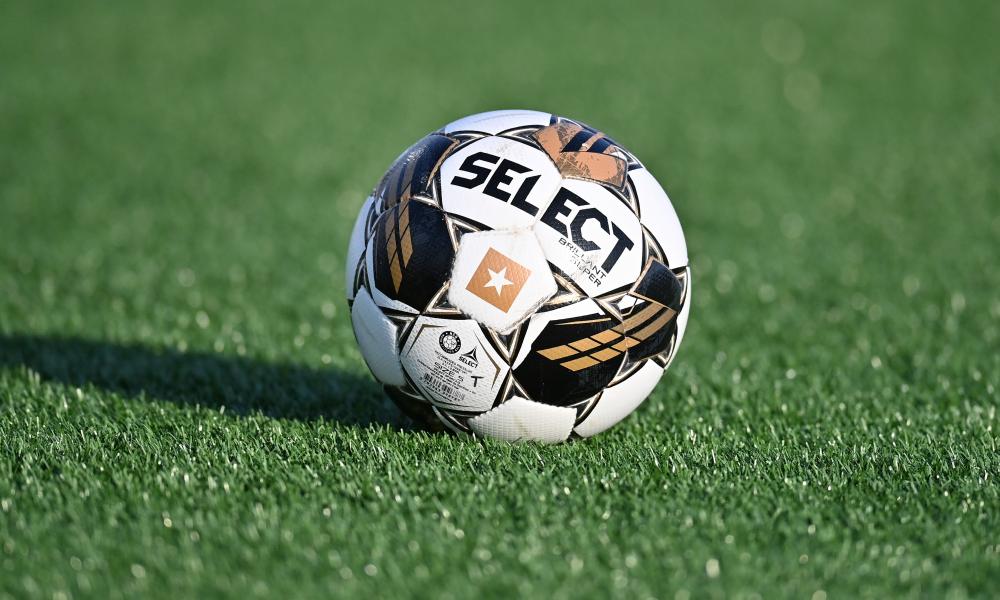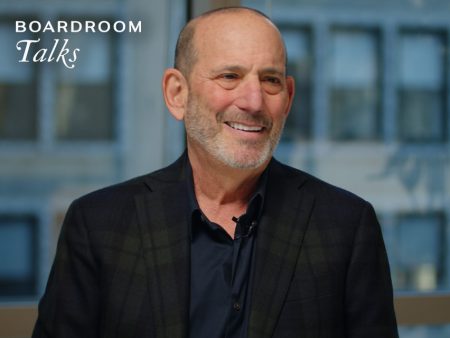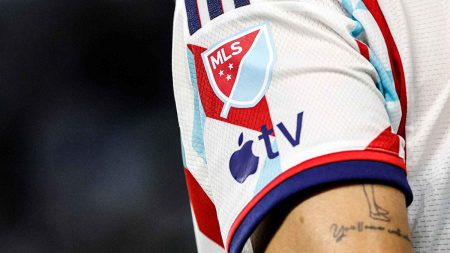The USL’s Ambitious Leap to the Top
The United Soccer Leagues (USL) is set to make a monumental announcement on Thursday: the launch of a new Division I league, the same level as Major League Soccer (MLS). This ambitious move, slated for 2027, will position the USL with a presence at every tier of the men’s US Soccer system, from the top-flight down to the youth levels. The as-yet-unnamed league will include the Division II USL Championship, Division III USL League One, the semi-pro USL League Two, and various youth leagues. This marks a significant expansion for the USL and potentially sets the stage for direct competition with MLS.
The USL’s Heritage and Evolution
The USL, with roots dating back to the late 1980s, has undergone a series of transformations. Over the past 25 years, it has primarily focused on administering lower-division leagues, managing 38 professional teams in the USL Championship and League One, and an additional 128 semi-pro or amateur teams in League Two. These clubs operate independently, allowing for diverse business models tailored to their specific markets. Some, like Orange County SC, prioritize player development, while others, such as Louisville City, aim to provide a professional fan experience. This flexibility has contributed to the league’s growth, with the 2022 USL Championship final attracting a record-breaking 431,000 viewers on CBS.
Geographical and Cultural Expansion
Paul McDonough, the USL president and chief soccer officer, believes that the United States has the geographical diversity to support more professional teams. He points out that Europe, with a similar land area, hosts over 400 professional Division I teams across various countries. While the population of Europe is more than double that of the United States, McDonough emphasizes the potential for a robust soccer culture and the growth of the sport in America. "This is about us and it’s about us building a higher tier because we wanna be in certain communities," he said. "Why can’t it be in middle America and smaller communities, why can’t Division I teams be there and be successful?"
A Unified League Structure
Another driving factor behind the new D-I league is the USL’s ambition to create a comprehensive, unified league structure that spans nearly every level of American professional and semi-professional soccer. This would align the USL more closely with European national circuits, though with a key difference: there are no immediate plans for a promotion and relegation system. McDonough admits that implementing such a system is complex within the current soccer ecosystem, but the USL remains open to the possibility should an opportunity arise.
Potential for International Competitions
The new D-I status raises the question of whether USL teams will have the opportunity to compete in the Concacaf Champions Cup. When asked, McDonough expressed optimism: "I hope so…I don’t want us to be excluded from any opportunities if it’s good for [the clubs] and they can grow to help grow the game in this country." This potential access to international competitions could further elevate the profile of the new league and attract more interest and investment.
Building the New League
The composition of the new league is still under development. Current USL team owners were informed of the plans on Wednesday, and a public statement is scheduled for Thursday. The USL anticipates that several existing Championship teams will step up to the D-I level, but the league will also engage with potential new investors. To qualify, prospective owners must meet stringent financial criteria set by the United States Soccer Federation (USSF), including a principal owner with a net worth of at least $40 million or a group of owners with a combined net worth of $70 million. The new league must have at least 12 teams to start and expand to 14 by the third year, with at least 75% serving metro areas of at least one million people. Each team must also play in a stadium seating at least 15,000 spectators.
A New Era for American Soccer
The USL’s venture into Division I is a bold step that could reshape the landscape of American soccer. While the USL and MLS have different visions and strategies, McDonough is confident that the new league will not be seen as a threat but rather as a complementary force in the sport’s growth. The US Soccer Federation has shown a receptive attitude, recognizing the potential for this initiative to expand and enrich the soccer ecosystem in the United States. As the USL prepares to launch this new league, the focus remains on building a strong foundation and ensuring that the sport continues to thrive in communities across the country.











